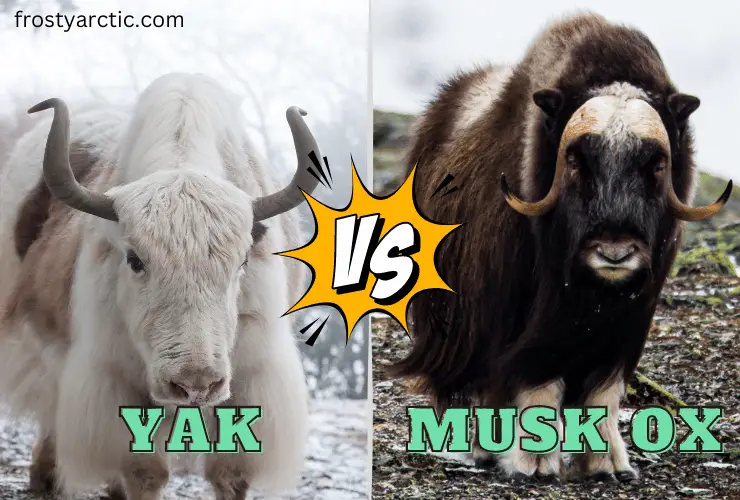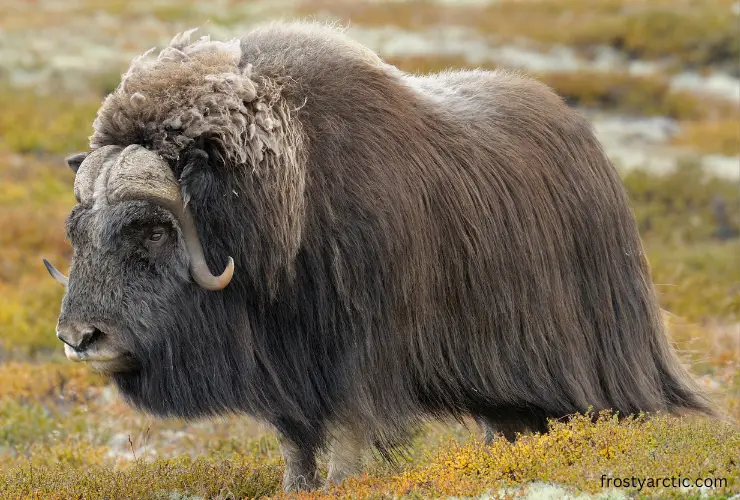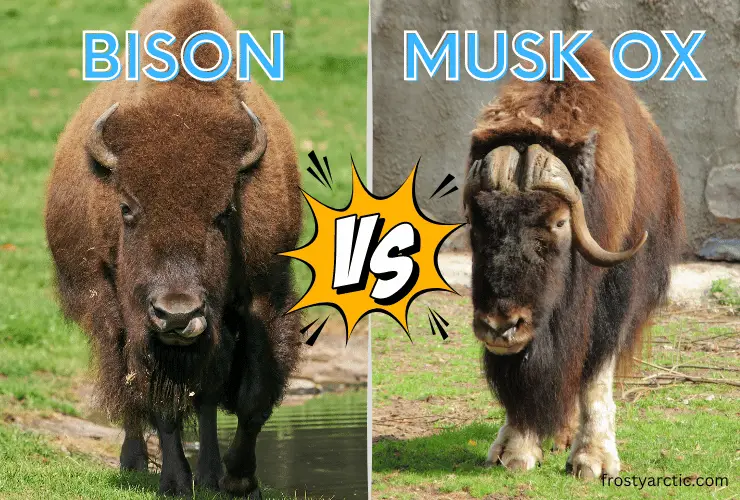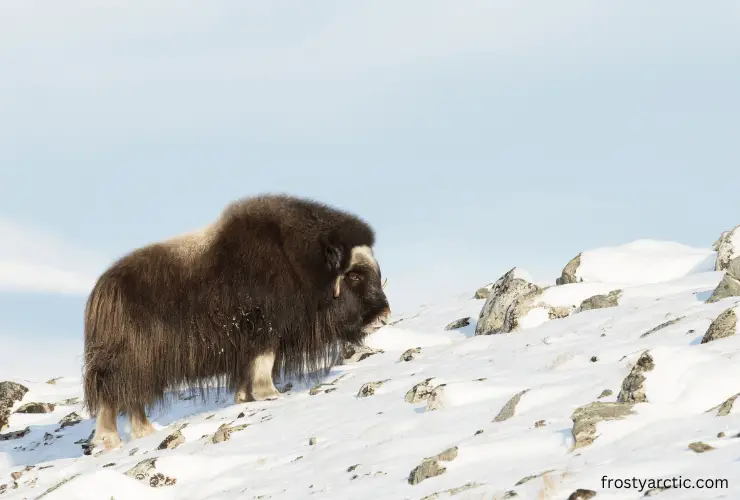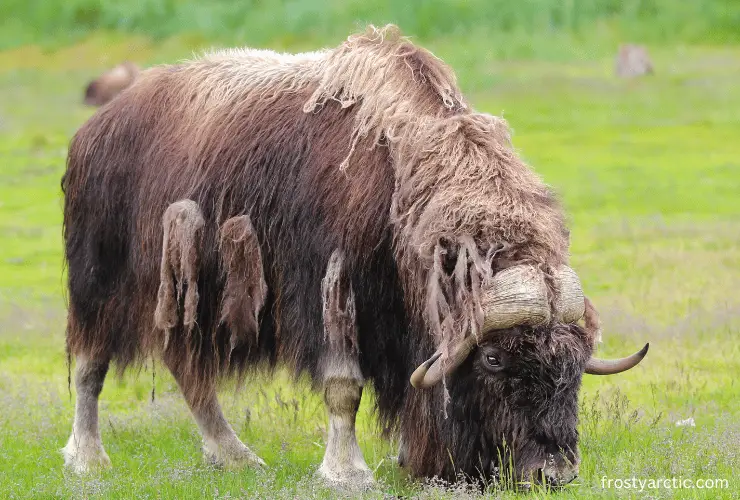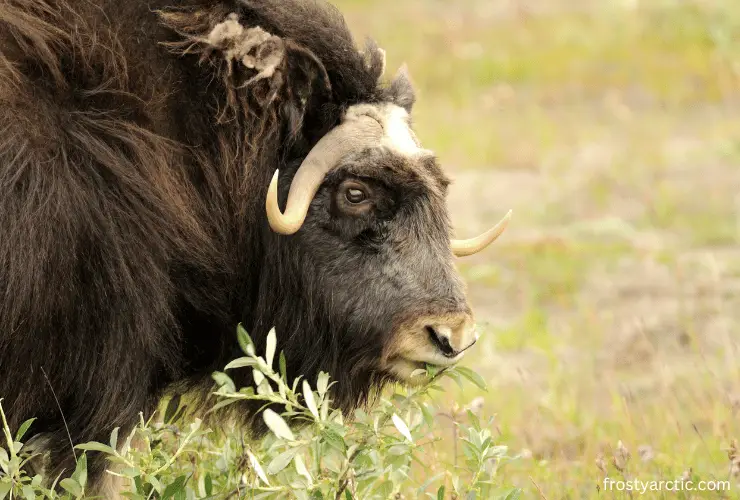Yak vs Musk Ox: Key Differences Explained
The key differences between yak and musk ox lie in their habitat, physical characteristics, and social behavior. Yaks, native to the Himalayan region, possess long, thick hair and large horns that curve outward. Conversely, musk oxen, native to Arctic tundra, are easy to spot with their warm ‘qiviut’ coat and huge horns that hang down … Read more

